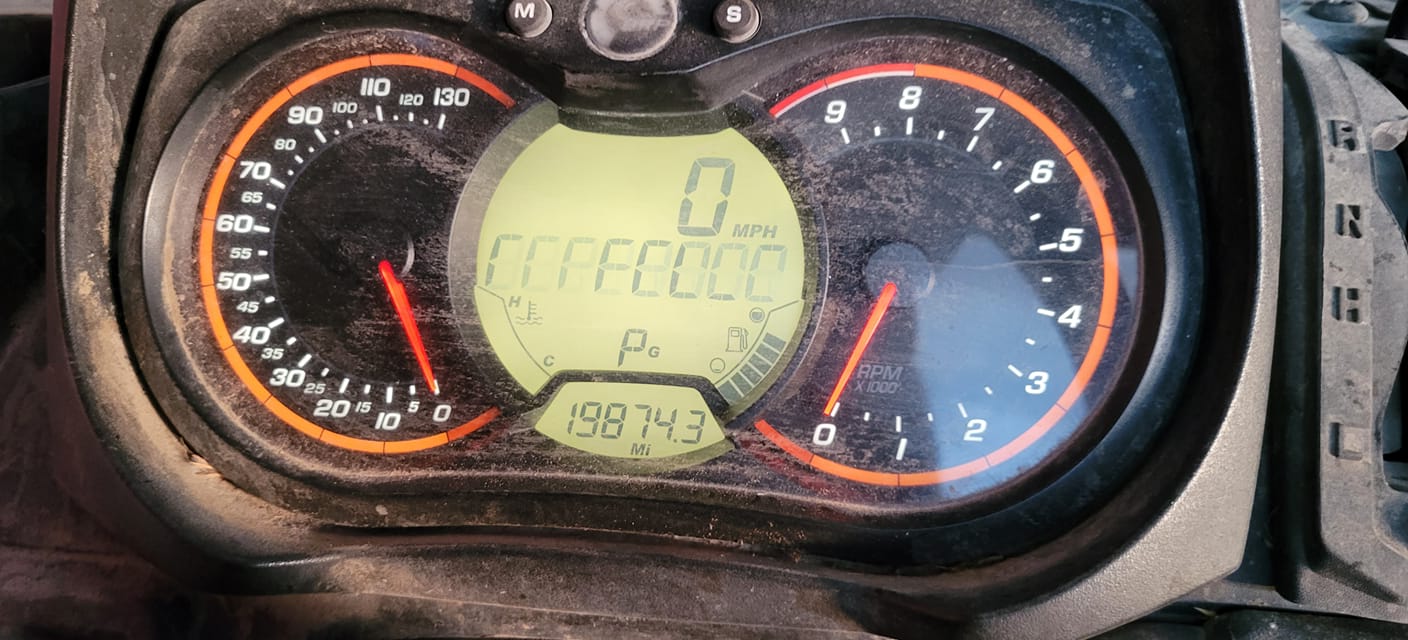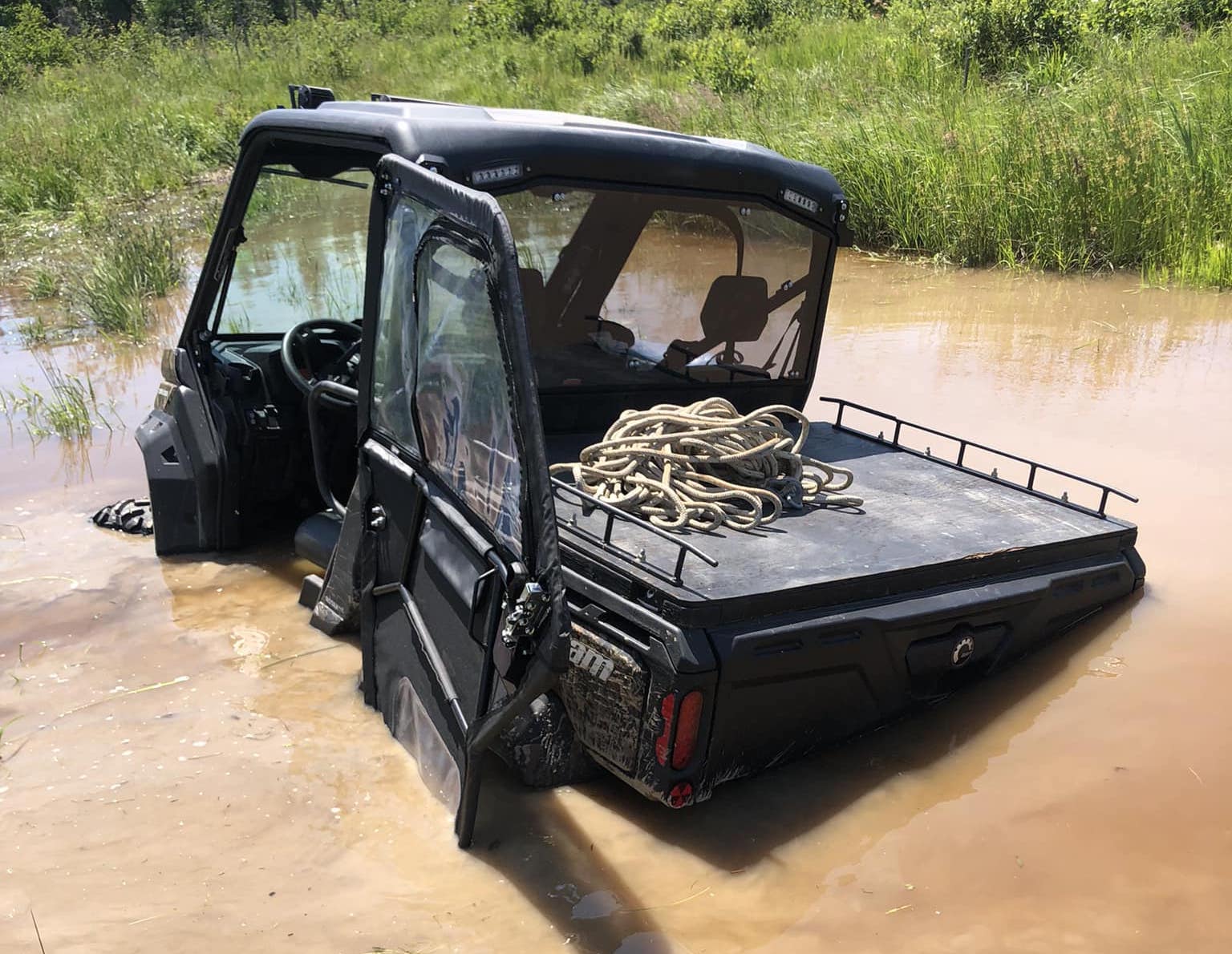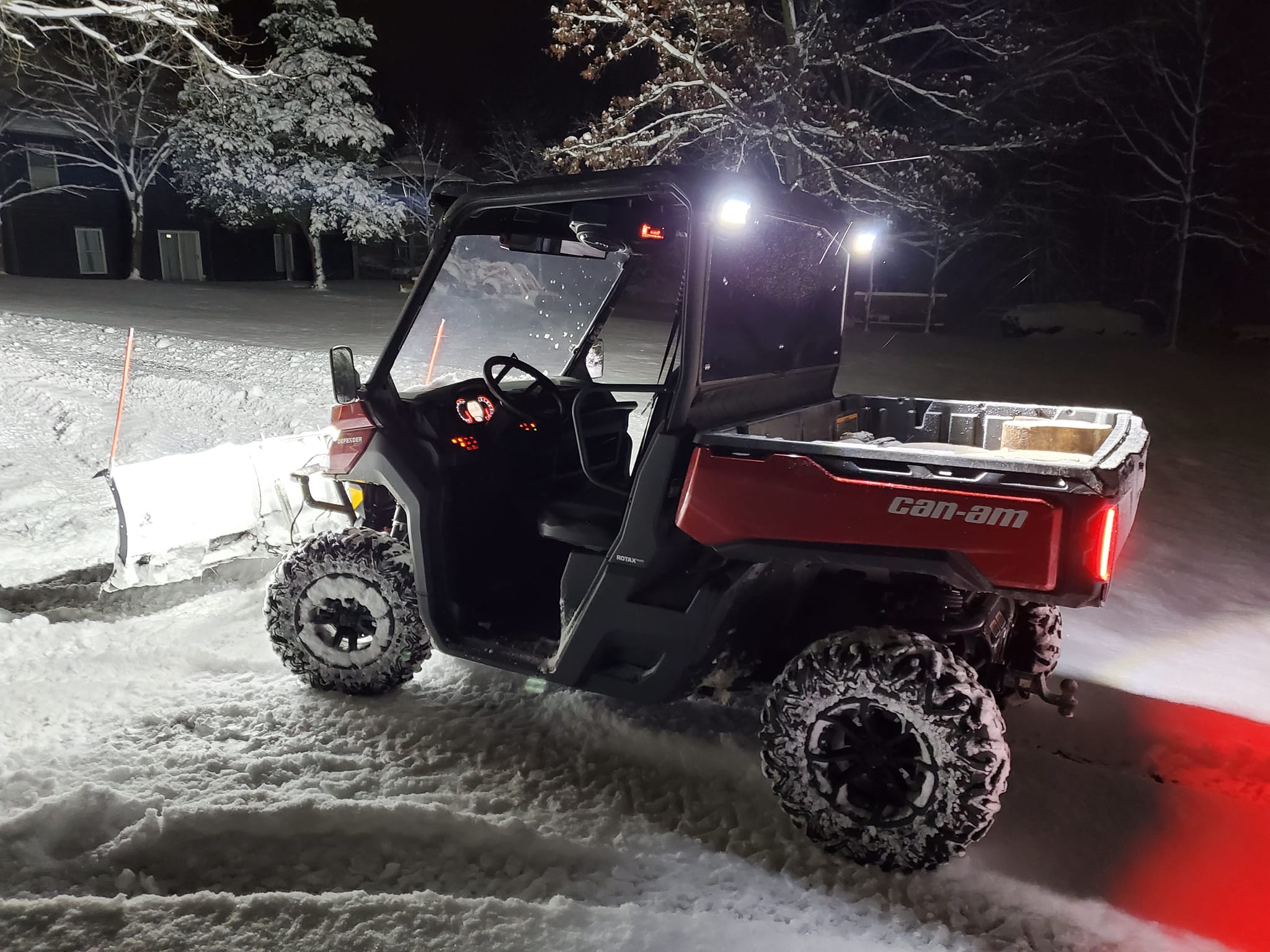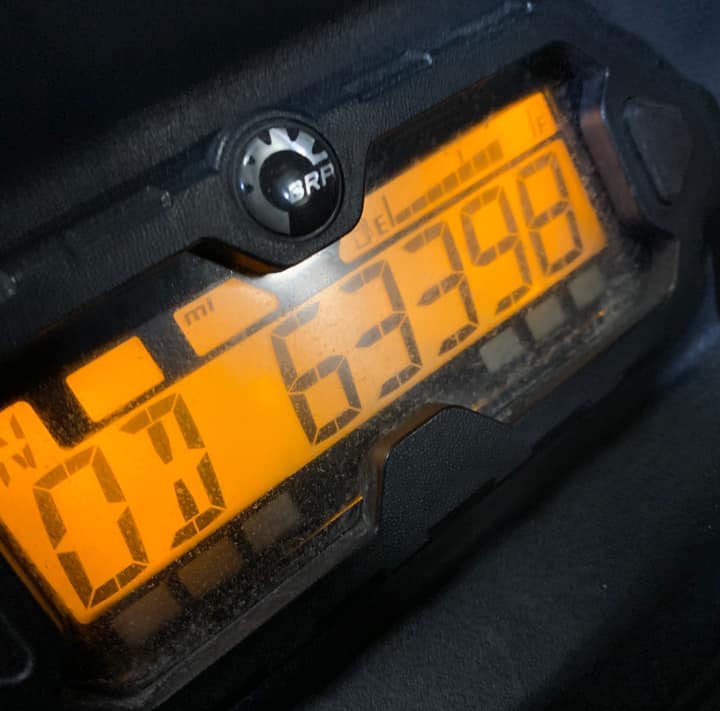How Many Miles Can I Expect To Get Out Of My Can-Am Defender?
Jun 15th 2023
If you keep your Can-Am Defender relatively stock, complete regular maintenance per the book, and rarely, if ever, use it as a mud toy or submarine, then its mileage will be a non-issue. But if you’re curious as to what’s considered high mileage on a Can-Am Defender, the answer is… it depends. We’ve seen Can-Am Defenders with roughly 45,000 miles / 2,500 hours on them that look mint and run like new, but we’ve also seen Defenders with only a couple thousand miles that are totally worn out. Service managers and salesmen at the dealership might tell you that it’s common for Defenders to hit the 30K mile marker, but is that true, or are they just incentivized to tell you about the exceptions to the rule? How many miles can one truly expect to get out of a Can-Am Defender, and how does the mileage of a machine affect its value / overall quality? Saddle up, because we’re answering these questions and more in this exploration of the Can-Am Defender life expectancy!
What Is The Max Mileage Of A Can-Am Defender?

As we mentioned earlier, as long as the measurement isn’t in nautical miles, chances are high that a Defender with 3,000-5,000 miles is just getting broken in. Cruising around and doing light ranch work is easy for a Defender, and machines like this with life on easy mode tend to last exceptionally long. Just how long exactly? Well, some well past 50,000 and even 60,000 miles! All of the machines with mileage numbers like these, however, were well-maintained and typically used for light-to-mid-duty applications. If a Defender has high miles but relatively low hours, chances are high that it’s been ridden mostly on hardpack – be it logging trails, gravel roads, or blacktop. If the reverse is true and a Defender has low miles and relatively high hours, it could mean that it spent a lot of time wallowing in mud holes.
No matter the environment, don’t think that a Defender with over 10-20K miles didn’t require its fare share of replacement parts! Diff fluid, oil changes, filters and grease are some of the everyday parts / components that need replaced periodically. The drive belt, too, is something that should be swapped out for preventative maintenance, and if you’re a bit rougher on your rig, you might need some replacement front tie rods, new secondary rollers, or replacement electrical parts like switches and wire harnesses. The drivetrain and engine on Can-Am Defenders are stout and sturdy. So although you may need a new steering rack or rear differential, the backbone of the vehicle will remain solid!
Valuing A Defender
The key determinants that contribute to the value of a Can-Am Defender are supply and demand – they’re worth whatever someone is willing to pay. But generally speaking, the fair market price of a used Can-Am Defender will depend on its mileage, of course, but also its age and condition.
The age, hours, and mileage numbers on a machine are objective figures that have definite answers... but the same cannot be said about the condition. A machine might look shiny and clean on the outside, but that is no guarantee that it’s in an equally clean state on the inside. The biggest thing you want to look out for is if the vehicle has been swamped in the mud / water a ton. A huge tell that a Defender might have been abused in the water are snorkels. But a snorkeled air intake is also common on machines used in dusty or snowy environments, so you can also take the battery box off behind the passenger seat and check there for mud, swamp grass, etc. Finally, a machine that’s been sunk at some point may have bad crankcase bearings, and a good way to check for this on a Rotax engine is to let it warm up really well, turn it off, and then see if it struggles to start when hot.

Before you buy, make sure to also tug on the axles to see if there’s any slack, and listen to the front and rear ends while driving / turning sharply in both directions after you engage the 4X4 and locking differential. Finally, look at the boots to make sure they’re not torn, watch out for any rust, dents and dings in the frame / ROPS, and check for other visible signs of wear, tear, and damage.
Conclusion
There will always be fluke problems, manufacturing errors, and recalls with anything as complicated as a UTV, and the Can-Am Defender is not immune. It’s safe to say that 10,000-15,000 miles is relatively easy to achieve, and if you take care of your investment – both in terms of upkeep, cleaning, and general use – it’ll last you for many years and many thousands of miles!





